Easiest DIY Beadboard Ever!

Hi, Liz here from the DIY & decorating blog Simple Decorating Tips.
Love beadboard? Don't have the carpentry skills or desire to use real wood? Have I got the thing for you!
I love, love, love beadboard! I always have. I love the quaint, laidback, vintage style beadboard represents. I love that it works so well in traditional style, farmhouse style as well as coastal style. Beadboard is just what this coastal cottage in Maine needed for a kitchen backsplash, but since I was the one doing it, with very little tools and woodworking ability, I needed the easiest DIY beadboard ever… and I found it!
This is the plain, fairly traditional looking kitchen of this coastal cottage before the beadboard. Boring! (and that’s after I added the cute black and white knobs from Pottery Barn.
It needed a little fun cottage color…
and texture…
So first I removed all the faceplates to the electric switches and outlets. (good idea to throw the circuit breaker off for these too)
Next it’s time to prep the walls to receive the ‘beadboard’…
If you haven’t already guessed it…
The beadboard is actually beadboard wallpaper, but it’s amazingly real looking… so keep reading and be amazed!
Prepping the walls is simply painting on pre-mixed wall sizing. Wall sizing, unlike it’s name, has nothing to do with the measurements of the wall. It seals the porousness of the wall, so that the wallpaper glue will adhere to the surface of the wall, and not just get sucked into the wall.
Funny story… This is totally true, funny, but sort of sad at the time… The very first wallpaper I ever put up was in 1981 for our baby girl’s bedroom. It was clouds and rainbows. I had no idea what I was doing. I asked at the wallpaper store owner for tips when I ordered it, and they said it was important to size the room first. So I measured it twice to be sure. Wah… Wah… Wah… Yup! I had no clue they meant something entirely different. And sadly, the wallpaper all began to fall off the walls the following day… the glue was totally sucked into the sheetrock and so the wallpaper had nothing to hold it up. My husband always says ‘No education is free’ and this one was the cost of the wallpaper plus! But I’m glad to say, I did learn from my mistakes and in the long run have made it back multiple times over, getting paid to install wallpaper for others.
Sizing the walls is easy, it is water clean up, and dries super fast.
Next, the tools:
The wallpaper... confusingly called a double roll, but is only 1 roll
( Here's a link for paintable wallpaper)
There’s a drip tray, (to fill with warm water to dip the prepasted wallpaper in to activate the glue), the smoothie tool, the wide blade putty knife, and the razor knife both for trimming the paper after it’s on the wall, the scissors to cut the piece initially from the roll, and a level to be sure the lines are plumb.
Here you can see the beadboard paper… which by the way is paintable. The paper feels like it’s made out of some sort of foam-y rubbery material and has dimension to it, so it’s not just printed lines on it.
Once I measured how long a piece of paper and added a couple inches to that length for trimming, I simply cut the paper with scissors.
Next, with it rolled inside out, I dipped that piece in the drip tray, about half filled with warm water, being sure that the entire piece of wallpaper got wet. But not letting the paper soak in the water, that may cause the glue to start to dissipate and come off the paper.
With an old bath towel folded right in front of the drip tray, I lay the wet wallpaper, face down, with glue sided together, and let it rest for a minute or two. This step is called ‘booking’ the paper and is important. During this time the glue activates.
After a couple minutes of booking, I unfold the paper and set it up on the wall, typically lining up the plumb line I would have drawn in pencil on the wall, about a half inch from the outside edge of the paper… however, the level I bought is too tall to fit between the cabinets and counter, so I eyeballed it… yikes, fortunately this is a new construction cottage and the corners are nice and straight.
If this is your first time wallpapering, a backsplash is a pretty good first project, because the pieces are so short you won’t feel that the wet, gooey paper is smothering you, like you may feel if you were working on a tall piece on a ladder. (I’ve had many a piece fall over the top of my head when I was adjusting the plumb… the secret is not to panic… can you tell I struggle with claustrophobia? :) )
Once the piece is plumb, and seams matched, I like to use a smoothie tool to gently get the air bubbles out. Back in the day I used to use a wallpaper brush, but for most modern papers I now use a smoothie tool. (a few years back I installed a vintage textured paper for my daughter, and went back to the good ole brush for that paper, because I was concerned the smoothie tool would burnish the paper)
As I got to outlets and switches, which was practically every piece in this kitchen backsplash, I cut an X with my razor knife. This temporarily allows me to get the paper to lay flat, and once it’s good with the air bubbles out, I go back and trim around the switches better.
Along with trimming the outlets and switches with each piece installed, I also trim the top and bottom of each piece.
By holding a wide blade putty knife on the paper part that I’m going to keep, I run my razor blade knife next to it. That way, the putty knife protects any slips of the razor from going onto the good paper, and gives me a firm place to make a solid cut with the razor.
It’s that easy… no special skills involved.
Then I let the beadboard wallpaper dry overnight and went to the store to select some paint…
I loved the coastal cottage feel of the middle one on this chip, so I had Lowe’s mix up a quart of satin, in their best quality, no VOC paint. (No VOC is important to me… the last thing I want to do is poison the air we breath with paint fumes!)
Once the beadboard is dry, painting it is just like painting any beadboard.
Just no priming necessary, and the grooves aren’t super deep on the ‘beads’ so it’s not super hard to get good coverage with the paint.
So here is the easiest DIY beadboard ever… after 2 coats of paint:
It looks so real and believable… even when you touch it…
It was the easiest DIY beadboard ever!!! Seriously! And it was the cheapest too, it was just the cost for this one double roll with some leftover wallpaper for another project, plus a quart of paint.
So here is this cute coastal cottage kitchen now…
Not so boring anymore.
I typically would want to paint those cabinets white, but for some reason, (maybe because the beach keeps calling my name) but I don’t mind the light wood they are in. The grain is a very subtle pattern and with the painted beadboard backsplash, they work even better! Yay!
Be sure to stop by Simple Decorating Tips and see the other projects I've done in this Maine coastal cottage! See ya there! :)
Enjoyed the project?
Resources for this project:
See all materials
Comments
Join the conversation
-
-
 JOAN WILLIAMS
on Aug 23, 2024
JOAN WILLIAMS
on Aug 23, 2024
I would love to try 😊! My kitchen could use some sprucing up!!
-



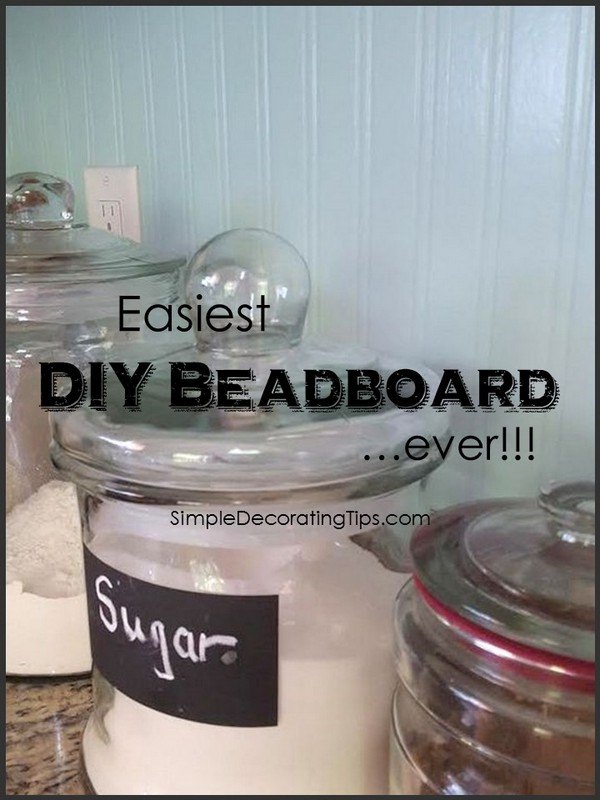


















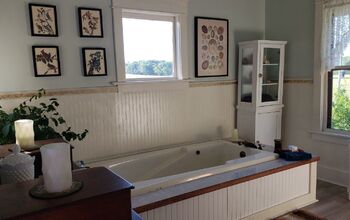
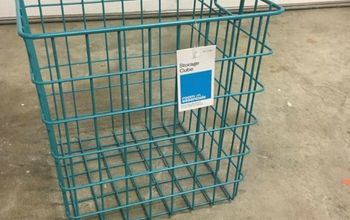
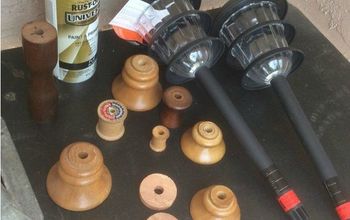



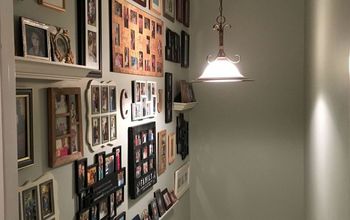
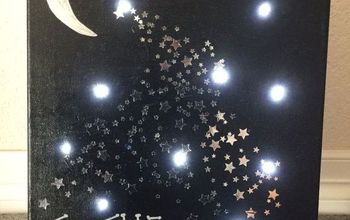
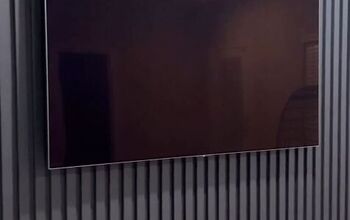
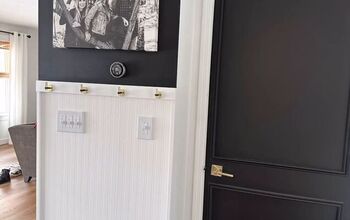
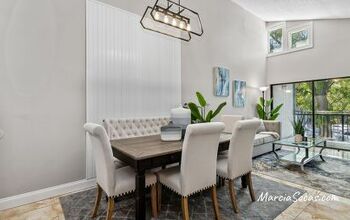
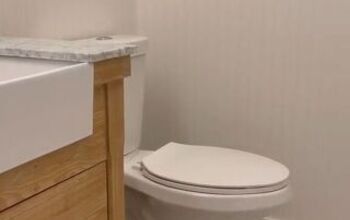
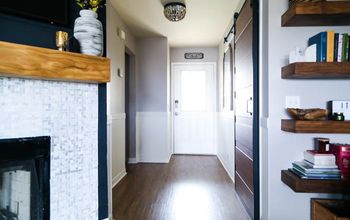
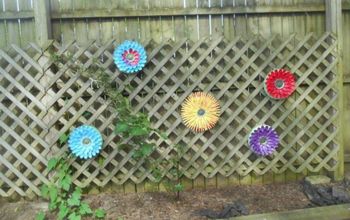
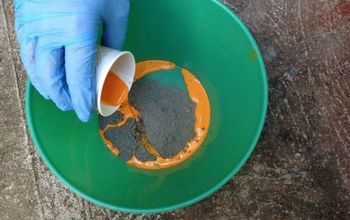
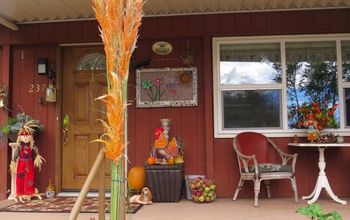
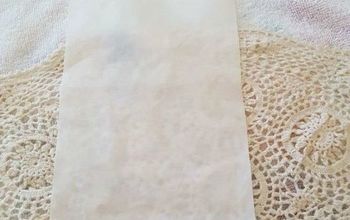
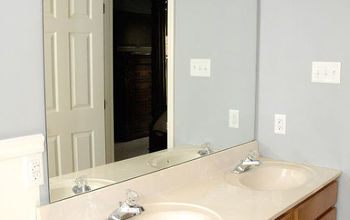
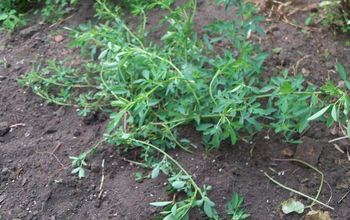
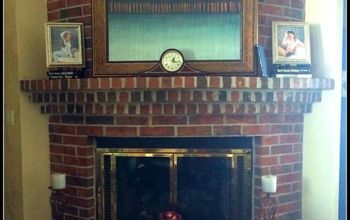
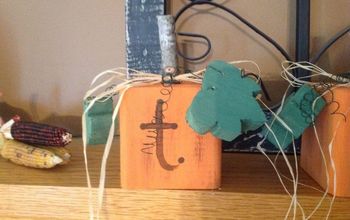
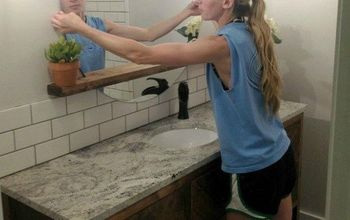
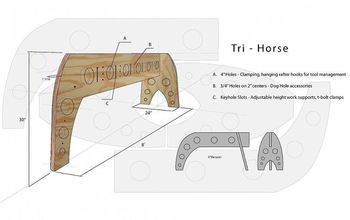
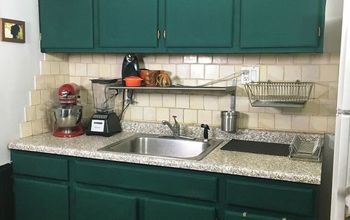
Frequently asked questions
Have a question about this project?
Where do I find those cute fish accessories above the stove?
Absolutely love the way you write , you are clear and interesting because of your personal stories and experience.
Is this wallpaper scrubbable? Do you have a link?